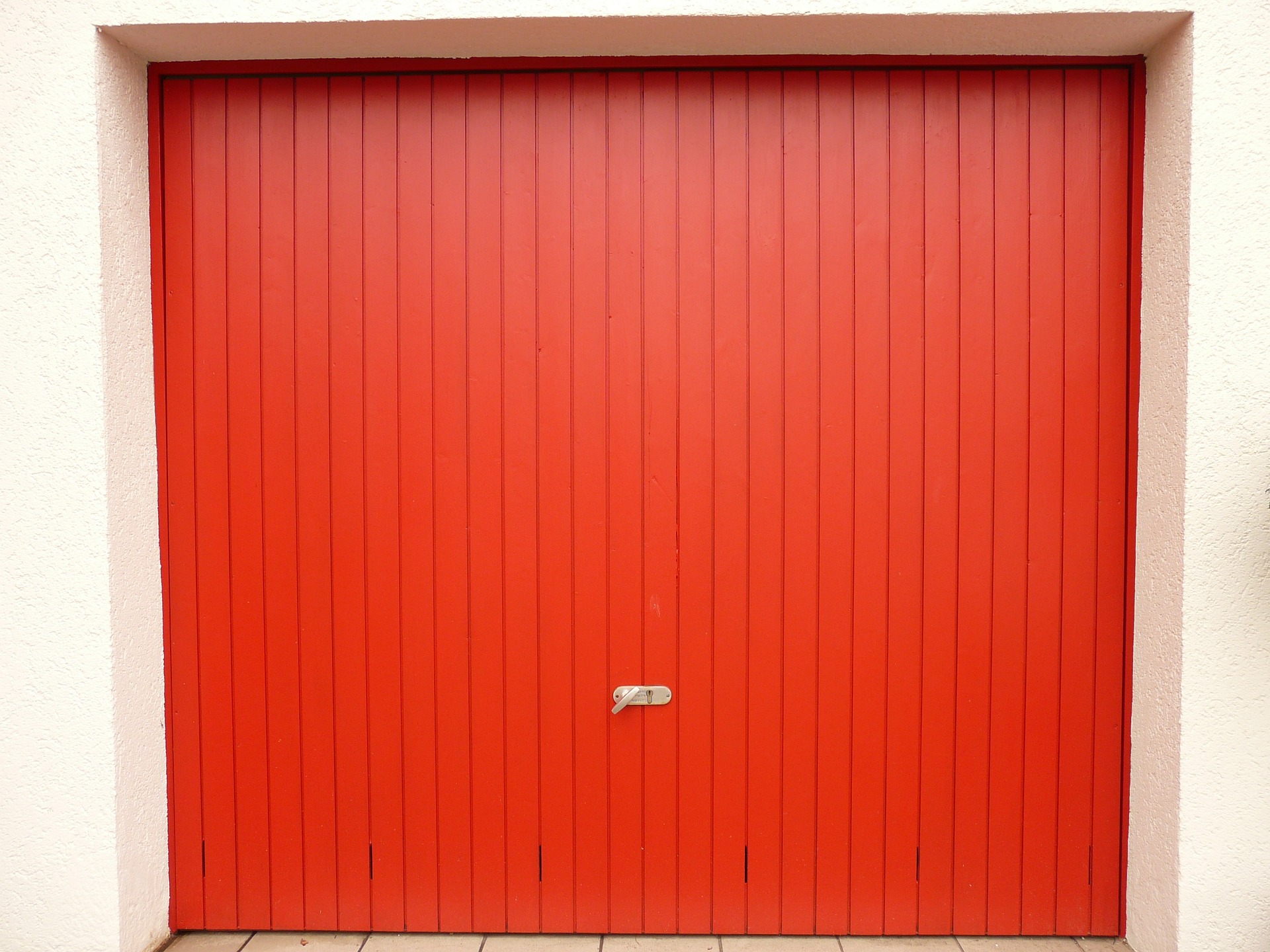Informational Guide to The Front Door Color Trends of 2025
Your front door creates the first impression of your home, serving as both a functional entrance and a design statement that reflects your personal style. As we move through 2025, homeowners are embracing bold color choices that enhance curb appeal while expressing individuality. Understanding current front door color trends can help you make an informed decision that complements your home's architecture and adds lasting value to your property.
Front Door Color Recent Trends
The 2025 color palette for front doors reflects a shift toward deeper, more sophisticated hues that create visual impact. Homeowners are moving away from traditional neutral tones in favor of colors that make a statement. Deep jewel tones, particularly emerald green and sapphire blue, have gained significant popularity among design-conscious homeowners. These rich colors work exceptionally well with both modern and traditional architectural styles.
Warm terracotta and burnt orange shades have also emerged as trending choices, bringing an earthy sophistication to home exteriors. These colors pair beautifully with natural stone, brick, and stucco facades. Additionally, charcoal gray continues to maintain its position as a versatile favorite, offering a contemporary alternative to traditional black while providing excellent contrast against lighter exterior walls.
Why Navy Blue? It’s Not Just About Style
Navy blue has become increasingly popular among homeowners for reasons extending beyond its aesthetic appeal. This classic color offers exceptional versatility, complementing various architectural styles from colonial to contemporary. Navy blue creates a striking contrast against white, cream, or light gray exteriors while maintaining a timeless elegance that won’t look dated in coming years.
The psychological impact of navy blue contributes to its appeal, as this color conveys stability, trustworthiness, and sophistication. From a practical standpoint, navy blue hides dirt and wear better than lighter colors, making it an excellent choice for high-traffic areas. The color also photographs well, which benefits homeowners planning to sell their property, as listing photos with navy blue doors often create strong first impressions for potential buyers.
Does It Really Add Value?
A well-chosen front door color can positively impact your home’s market value and sale potential. Real estate professionals report that homes with distinctive, well-maintained front doors often sell faster than those with faded or outdated entrance colors. While the door color alone won’t dramatically increase your home’s appraisal value, it contributes to overall curb appeal, which influences buyer perception and willingness to view the interior.
Studies in real estate marketing suggest that homes with navy blue, forest green, or classic red front doors tend to generate more showing requests than properties with standard builder-grade doors. The investment in repainting or replacing a front door typically ranges from minimal to moderate, yet the visual impact can be substantial. However, it’s important to choose colors that harmonize with your neighborhood’s character while still allowing your home to stand out positively.
How to Get It Right
Selecting the perfect front door color requires careful consideration of your home’s existing exterior elements. Start by examining your roof color, siding or brick, shutters, and trim to identify complementary color options. Consider your home’s architectural style – while bold colors can work with any style, certain combinations create more harmonious results.
Test your chosen color before making a final commitment by purchasing sample paint and applying it to a small, inconspicuous area of the door. Observe how the color appears in different lighting conditions throughout the day, as natural light can significantly affect color perception. Additionally, consider the door’s hardware and surrounding elements like porch lights, house numbers, and nearby landscaping when making your selection.
Other Front Door Colors Trending in 2025
Beyond navy blue, several other colors are capturing homeowners’ attention in 2025. Forest green continues to gain momentum, offering a natural yet sophisticated option that works particularly well with brick and stone exteriors. This color connects homes to their natural surroundings while maintaining a refined appearance.
Burgundy and deep plum shades provide rich alternatives for homeowners seeking dramatic impact without venturing into brighter territory. These colors work exceptionally well with traditional and transitional home styles. On the warmer side, sage green offers a softer alternative to forest green, appealing to homeowners who prefer subtle sophistication over bold statements.
Surprisingly, certain bright colors are also trending, including cheerful yellow and coral pink, though these work best with specific architectural styles and color schemes. Classic black remains a reliable choice for modern and contemporary homes, while deep chocolate brown provides warmth and richness for traditional properties.
The key to successfully implementing these trending colors lies in understanding your home’s unique characteristics and choosing a color that enhances rather than conflicts with existing elements. Consider consulting with local design professionals who understand regional preferences and architectural styles when making your final decision.





